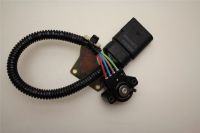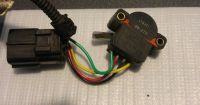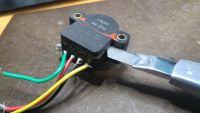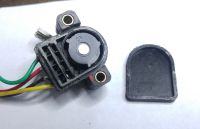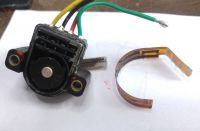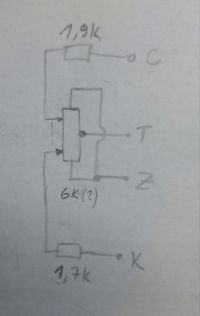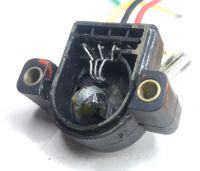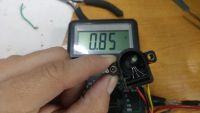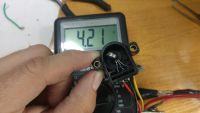In search of something that I could add to the gas in my electric car, which I have been trying to make for some time, I hit the gas pedal of a forklift, where it mechanically fits perfectly into the structure. The sensor is probably broken, but I don't know that and I wanted to check it. Unfortunately, I was probably at the end of the internet and I haven't found one.
Maybe some of you had to do with what is shown in the attached picture. I suspect the hall effect sensor, but I won't give a head. I do not know the leads either, so I would not want to damage anything by rushing.
This is what it looks like
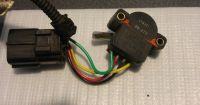
Maybe some of you had to do with what is shown in the attached picture. I suspect the hall effect sensor, but I won't give a head. I do not know the leads either, so I would not want to damage anything by rushing.
This is what it looks like





